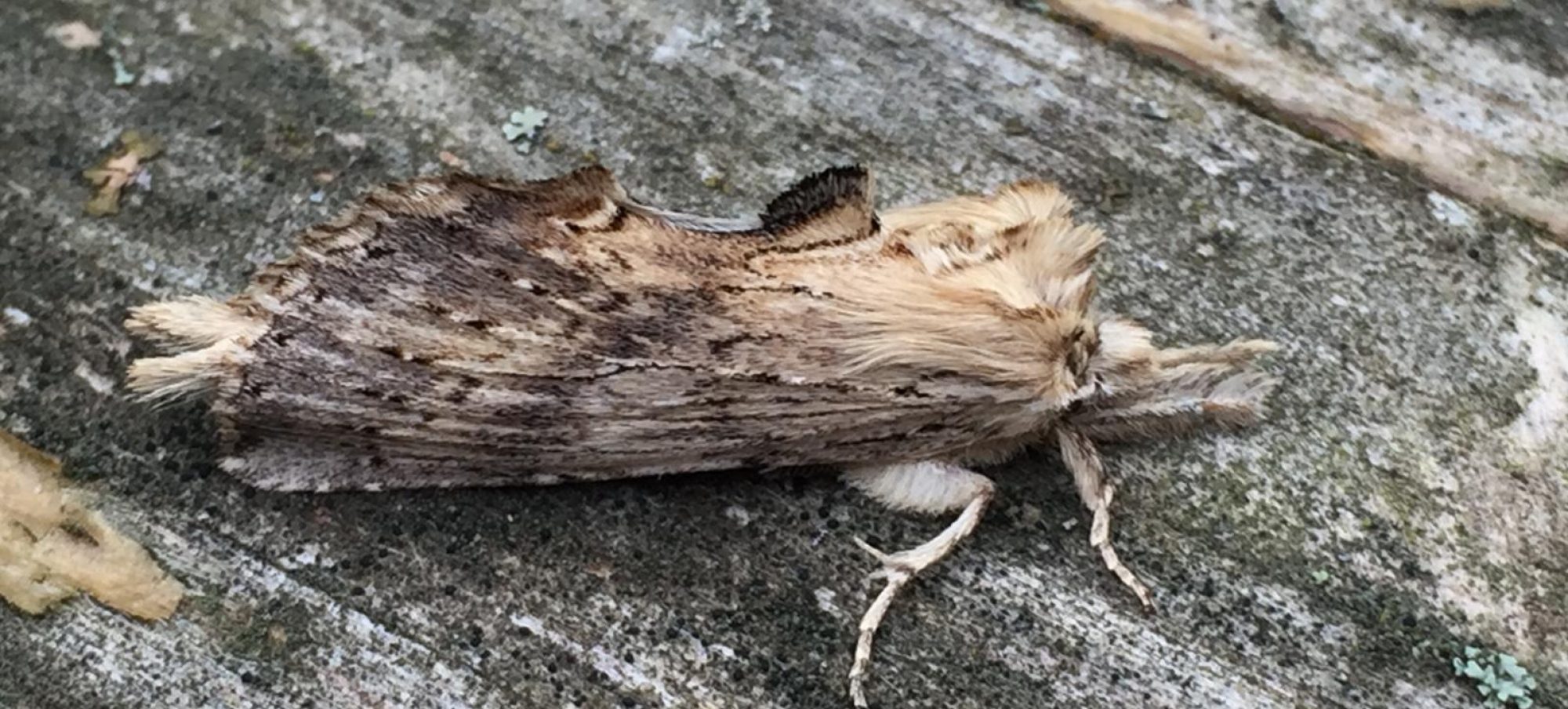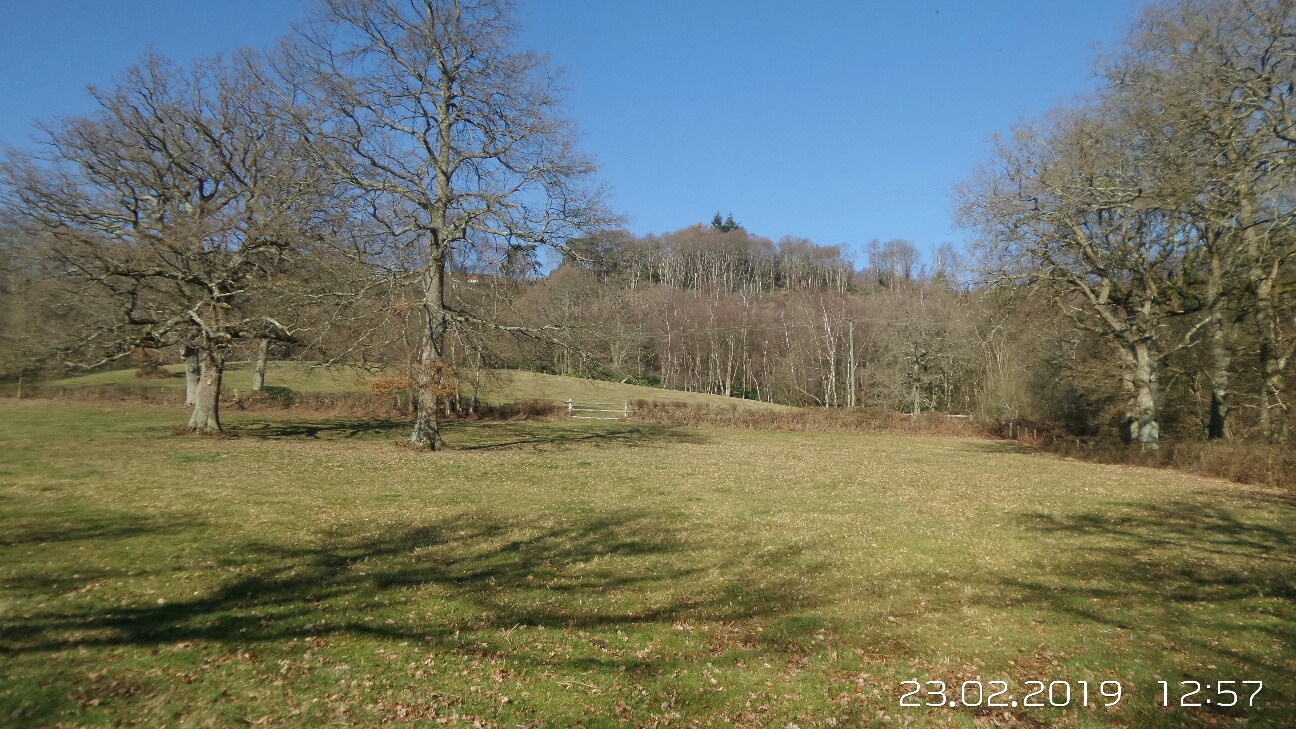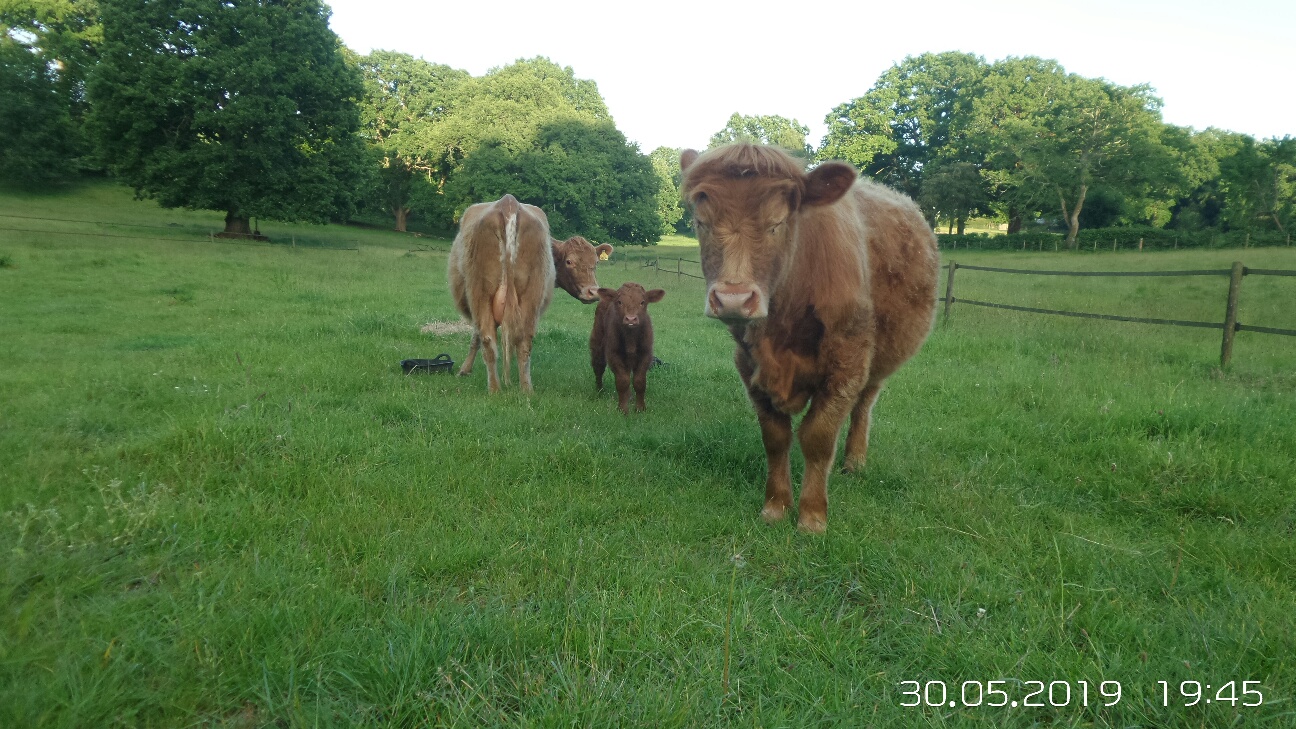We were lucky enough to have a visit from Dr Andy Swan. During our Bioblitz we had many different perspectives, enough to make our heads spin, but Andy’s was very different because it was mostly from a geological perspective.
Andy’s report states:
The wooded slope is formed by the Hythe Beds, which is the lowest unit in the Lower Greensand and is a nutrient-poor sandstone with very tough cemented layers – this produces an acidic soil. The low ground is principally underlain by Atherfield Clay and Weald Clay – both very sticky and impervious, and tending to give a neutral pH (although water washing over the clay will tend to be acidic, having emerged via springs from the Hythe Beds). However, in patches on top of the clay (and partially overlapping on to the Hythe Beds) there is a thin layer of what the survey geologists called “Head”, which is now reckoned to be a solifluction deposit dating to the ice ages. “Solifluction” means flowing soil, and these deposits resulted from the melting of surface layers in summers and the consequent slumping down-hill of this material over a still-frozen and impermeable permafrost layer. This sort of deposit is unconsolidated and is a mixture of materials that occur up-slope – in your case this is mostly sand from the Hythe Beds, hence producing a well-drained and acidic soil. I think that the character of much of your pasture (where there are no rushes) is derived from this “Head” deposit.
Putting on his botanical hat Andy gave us some extremely helpful advice on surveying the flora on the land.
Dr Andy Swan also noted:
from the 2018 “The Flora of Sussex” that the Hythe Beds escarpment at Rake is reckoned to be one of the best examples of Sessile Oak (Quercus petraea) woodland in the county. In your woodland, the only oak species I noticed was the commoner Pedunculate Oak (Quercus robur). The Sessile Oak was apparently the main constituent of the natural “climax” woodland on the Hythe Beds, so it would be good for this to be encouraged.



